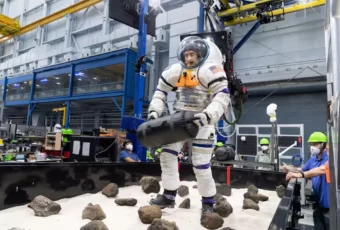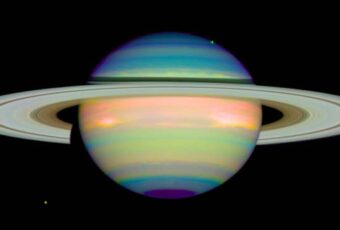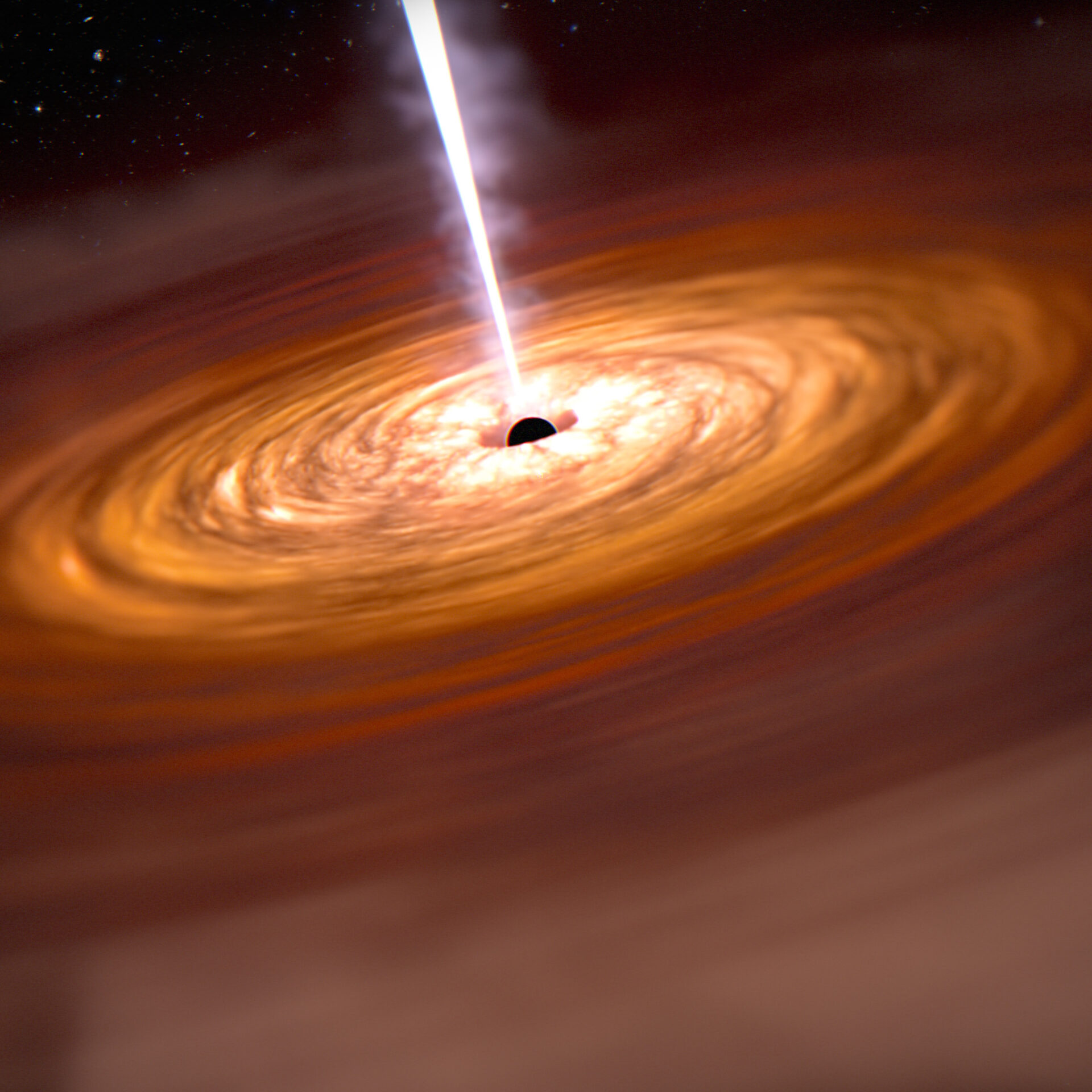
Supermassive Black Hole
Black holes form when the leftover remnants from massive stars that have exhausted all of their nuclear power go through a supernova explosion, after the massive star collapses due to its own gravity at the end of its life. Once the core’s mass overtakes its threshold, it continues the collapse until it forms a dense singularity, which is surrounded by an even horizon, where nothing can escape, including light – hence its name black hole.
There can be black holes of different sizes, but there are three major categories they can be classified into. These are stellar-mass black holes, intermediate-mass black holes, and supermassive black holes. Supermassive black holes can be billions of times more massive than our sun and can be found located in the centers of galaxies. Stellar-mass black holes are usually a few times the size of our sun.
What’s so interesting about black holes is that they have the ability to warp the spacetime surrounding them. Einstein called this warping his theory of general relativity, which can be explained by the distortion of nearby objects by the black hole due to extreme gravitational pull. This causes the objects to fall into the singularity, and causes time dilation, meaning time passes slower for someone who is closer to the black hole than someone that is farther from it.
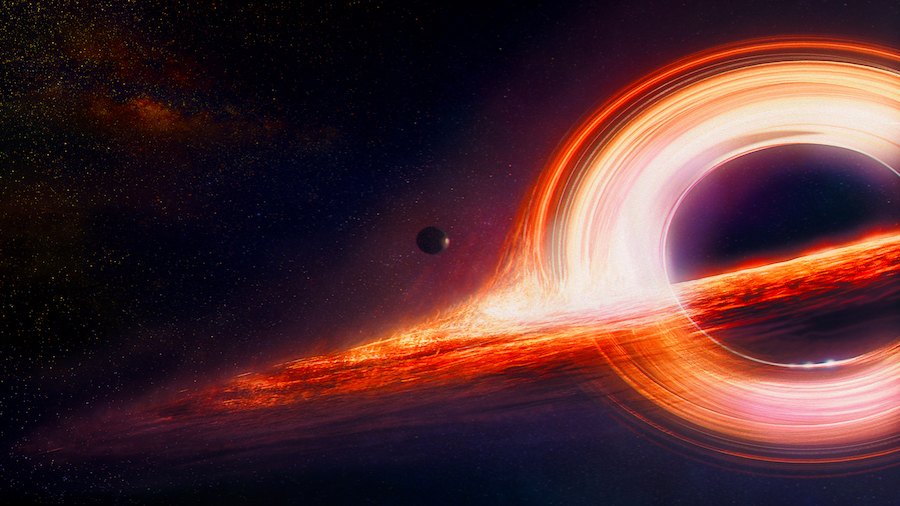
Stellar Mass Black Hole
Stephen Hawking’s concept of Hawking radiation refers to black holes’ ability to emit some radiation despite their tendency to trap everything into the singularity. This can be explained by the quantum effects that are close to the even horizon. Over long periods of time, the radiation can actually cause the black holes to decrease in mass and maybe even evaporate completely.
It is believed that supermassive black holes have a key role in the evolution of galaxies because of their huge influence on gravity. This can influence how stars and gas are distributed in the galaxies as well as the formation of stars. Exactly how to works is still being studied today.
There is so much left to be discovered about black holes, and it’s likely that the more answers are found, the more questions will form. However, researchers are determined to learn more and tools like the Event Horizon Telescope help make things clearer. In 2019, the telescope captured the first image of a black hole, and the more discoveries we make, the better we can begin to understand the mysteries of the universe.
We’ve only scratched the surface of our understanding of black holes, and it seems like the journey to know more is still long and arduous. As technology continues to develop, we’ll be able to learn even more and perhaps better understand how our world fits into the greater universe.
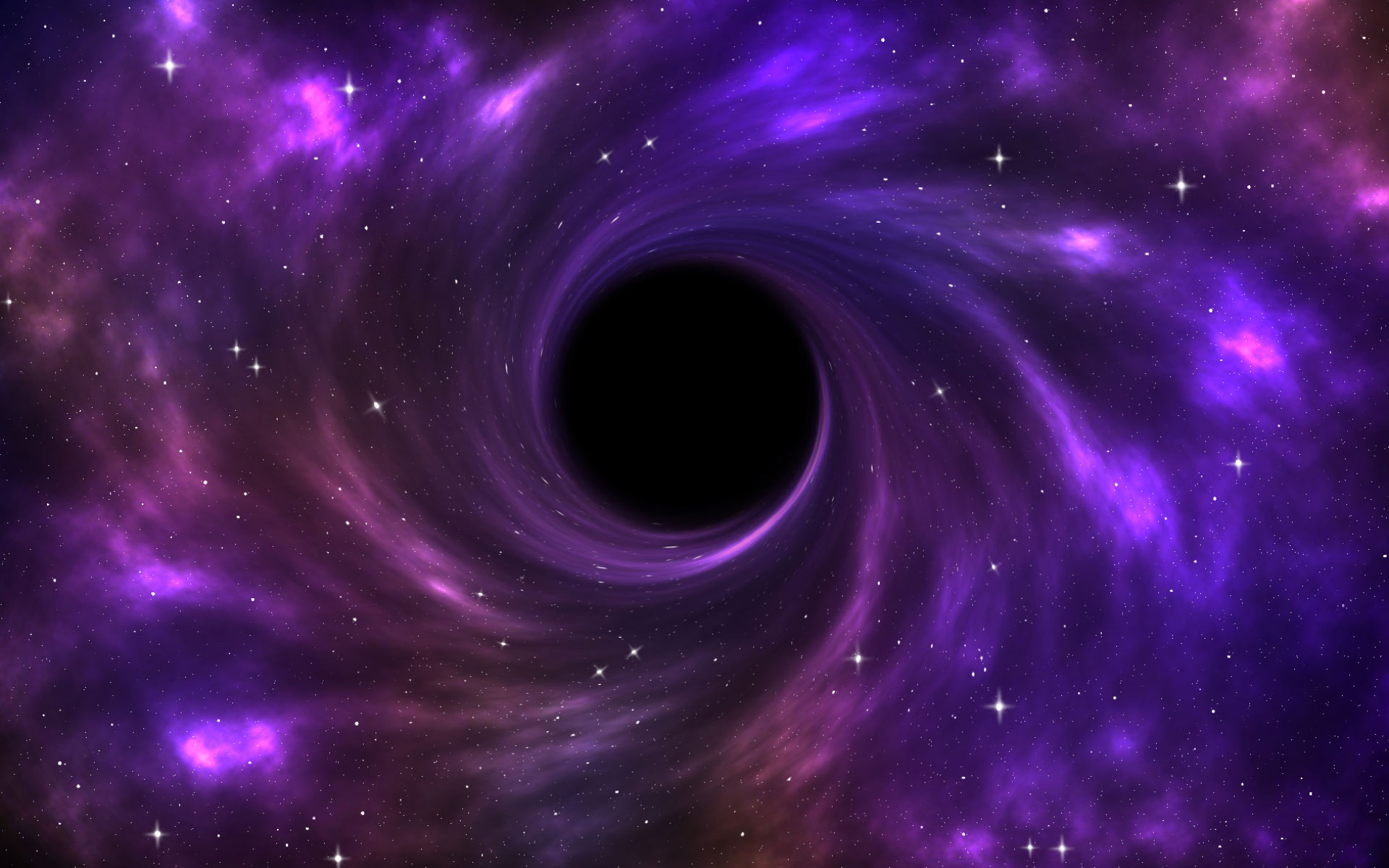
Intermediate Mass Black Holes



